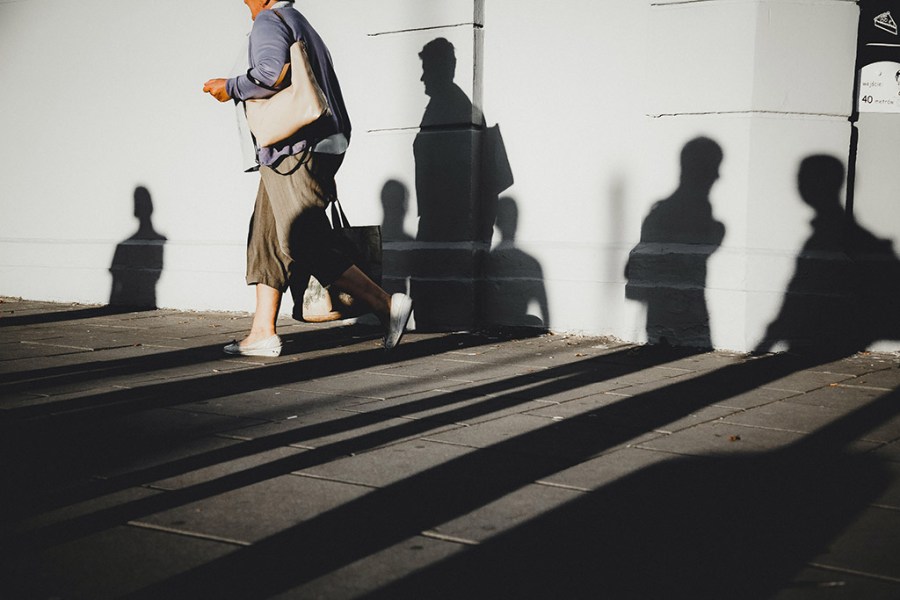The Main Principles Of Street Photographers
Table of ContentsAbout Street PhotographersGetting The Street Photographers To WorkGetting My Street Photographers To WorkThe Of Street PhotographersStreet Photographers - Questions
Road photographers do not always have a social objective in mind, however they choose to separate and capture moments which may or else go unnoticed.He was influenced by many of those that affected the street professional photographers of the 1950s and '60s, he was not chiefly interested in capturing the spirit of the street., that functioned side by side with professional photographers trying to catch the essence of metropolitan life.
As a result of the relatively primitive modern technology readily available to him and the long exposure time needed, he had a hard time to capture the hustle and bustle of the Paris roads. He try out a series of photo methods, attempting to discover one that would allow him to capture movement without a blur, and he found some success with the calotype, patented in 1841 by William Henry Fox Talbot. In comparison to Atget, photographer Charles Marville was hired by the city of Paris to develop an encyclopaedic file of Haussmann's urban planning task as it unfolded, thus old and brand-new Paris. While the digital photographers' subject was essentially the same, the results were markedly different, showing the effect of the digital photographer's intent on the personality of the pictures he generated.
Given the great quality of his photos and the breadth of product, architects and musicians commonly purchased Atget's prints to utilize as referral for their own job, though business passions were rarely his primary motivation. Rather, he was driven to photograph every last remnant of the Paris he enjoyed. The mingled enthusiasm and necessity of his mission sparkle through, resulting in photos that tell his very own experience of the city, qualities that prepared for street digital photography of the 20th century.
The Buzz on Street Photographers
They reveal the city via his eyes. His job and fundamental understanding of digital photography as an art form worked as ideas to generations of photographers that adhered to. The future generation of road professional photographers, though they likely did not refer to themselves as such, was ushered in by the photojournalism of Hungarian-born professional photographer Andr Kertsz.
Unlike his peers, Brassa made use of a larger-format Voigtlnder electronic camera with a much longer direct exposure time, compeling him to be extra calculated and thoughtful in his technique than he might have been if utilizing a Leica. (It is believed that he may not have actually been able to afford a Leica during that time, but he did, however, use one in the late 1950s to take colour photos.) Brassa's photographs of the Paris abyss brightened by fabricated light were a discovery, and the compilation of the series that he released, (1933 ), was a significant success.
Cartier-Bresson was a champion of the Leica cam and among the initial photographers to maximize its abilities. The Leica permitted the photographer to connect with the surroundings and to capture moments as they Homepage occurred. Its reasonably small size likewise helped the photographer discolor into the history, which was Cartier-Bresson's recommended approach.
The Buzz on Street Photographers
It is since of this basic understanding of the art of image taking that he is commonly credited with rediscovering the tool all over again approximately a century considering that its innovation. He took photos for even more than a half century and affected generations of photographers to trust their eye and instinct in the minute.
These are the questions I will attempt to answer: And then I'll leave you with my very own definition of street photography. Yes, we do. Let's begin with specifying what a definition is: According to (Street Photographers) it is: "The act of defining, or of making something guaranteed, distinct, or clear"
No, certainly not. The term is both limiting and misleading. Seems like a road photography must be images of a roads right?! And all road photographers, besides a small number of absolute newbies, will totally appreciate that a road is not the vital element to road photography, and in fact if it's a photo of a street with maybe a few monotonous people not doing anything of rate of interest, that's not street photography that's a snapshot of a street.
3 Simple Techniques For Street Photographers
He makes a valid factor don't you assume? While I agree with him I'm not sure "candid public photography" visit this web-site will capture on (although I do kind of like the term "honest digital photography") due to the fact that "road digital photography" has been around for a lengthy time, with several masters' names connected to it, so I think the term is below to remain (Street Photographers).
Inside?! I hear you yell as you tremble your hand to the sky. Why not? You can shoot at the coastline, at a celebration, in a street, in a park, in a piazza, in a coffee shop, at a gallery or art gallery, in a city station, at an occasion, on a bridge, under a bridge ...

Our Street Photographers Diaries
